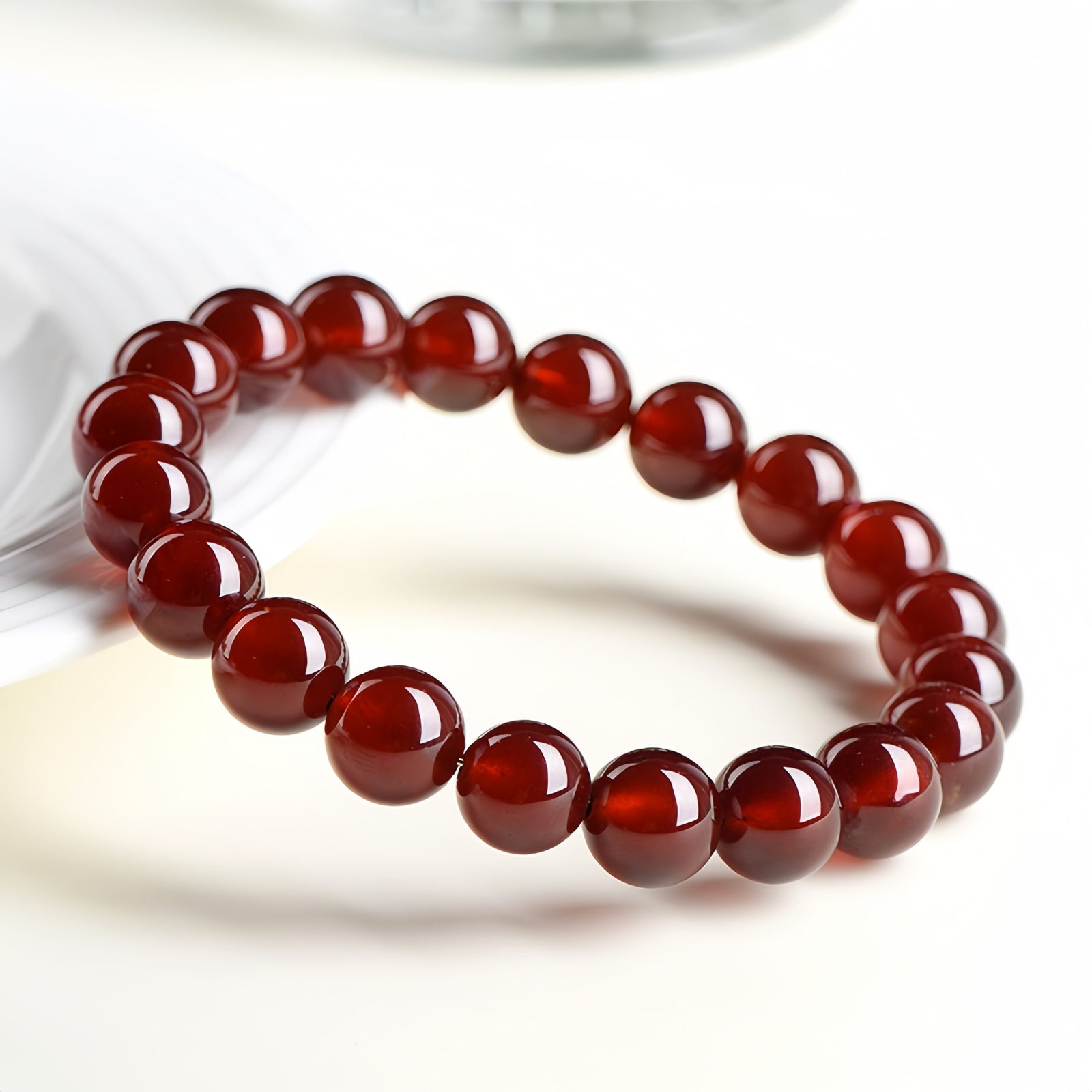Lepidolite
Lepidolite, a lithium-rich mica, is valued for its calming hues, from lavender to deep violet, and its layered, scaly texture. Its name comes from the Greek lepidon, meaning "scale," reflecting its mica structure. Found in pegmatite rocks, it’s a key lithium source, with notable deposits in Brazil, Madagascar, Russia, and the United States. Both visually captivating and scientifically significant, it’s cherished in jewellery and metaphysical practices.
Read MoreGarnet
Garnet, a group of silicate minerals, is most commonly seen in deep red but occurs in various colours. Its name comes from the Latin granatum, meaning "pomegranate," reflecting its seed-like appearance. Used since ancient Egypt as a symbol of protection, power, and passion, garnet is found globally, with major deposits in Africa, India, Sri Lanka, and the United States.
Read MoreStrawberry Quartz
Strawberry quartz is a pink to reddish quartz variety, coloured by microscopic hematite or lepidocrocite inclusions that create a distinctive sparkle resembling strawberry seeds. Its colour ranges from soft blush pink to vibrant red, depending on the concentration and distribution of these mineral inclusions.
Read MoreUnderstanding the Connection Between Crystals, Gemstones and Astrology
This guide explores the connection between crystals, gemstones, astrology, and chakras. It distinguishes crystals (used for energy healing) from gemstones (valued for adornment), delves into their ancient origins, and highlights their links to zodiac signs and chakras. Each zodiac sign benefits from specific crystals for emotional healing and personal growth, while chakras align with corresponding stones to enhance energy flow. The enduring relevance of crystals in spiritual practices and modern astrology is rooted in their ability to harmonise energies and foster well-being. Practical FAQs address wearing multiple crystals and their efficacy during astrological shifts.
Read More




